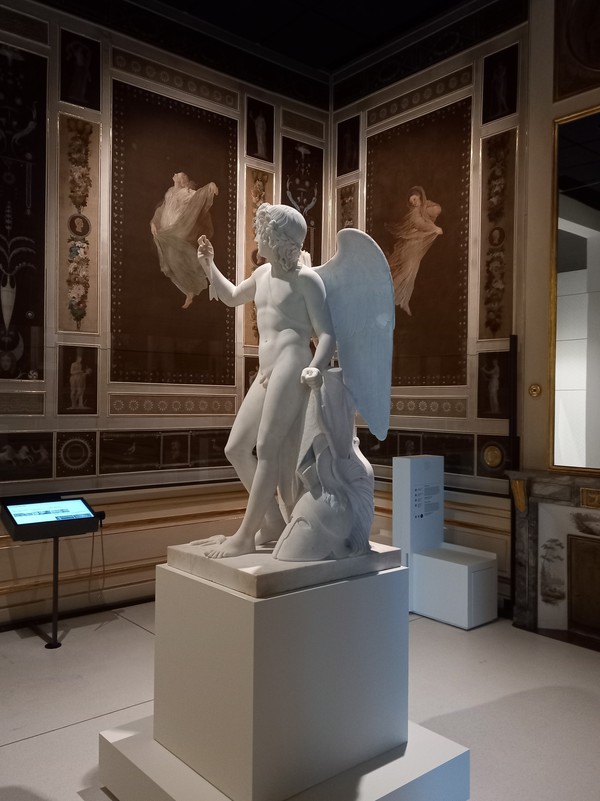European Museums and World Heritage Sites
or what cultural highlights we have in Europe
Taught by: Mgr. Lenka Vargová, PhD.
Form of teaching: lecture
ECST: 4
Language: English
Aim of the course: Students will acquire knowledge about the development of the museum phenomenon in Europe, they will be able to define the term museum and classify them on the basis of typology. Students will become familiar with the different types of European museums and monuments and will be able to give examples. Students will use their own experiences from different European countries and share them through discussions. Students will be motivated to visit more museums and monuments.
Brief outline:
- History of the museum phenomenon, museum typologies, cultural heritage
- British Isles
- Iberian Peninsula and Italy
- France and the Benelux
- German-speaking countries
- Nordic countries
- Central Europe
- Balkan
- Baltic countries, Ukraine, Belarus
- Russia
Course requirements:
- active participation in class - small activities and discussions, max 2 absences
- 2 presentations during the semester: one about the museum, the other about a heritage site of the student's choice (European, non-European)
Recommended literature:
- Building National Museums in Europe 1750–2010: Conference Proceedings from EuNaMus, European National Museums: Identity Politics, the Uses of the Past and the European Citizen, Bologna 28–30 April, 2011, available online: www.diva-portal.org/smash/get/ diva2:739677/FULLTEXT01.pdf
- DVOŘÁKOVÁ, Viera, KOLLÁR, Daniel, ed. World cultural heritage UNESCO. Bratislava: Dajama, 2009. Cultural heritage of Slovakia. ISBN 9788089226771.
- Museum guides concerning particular museums





